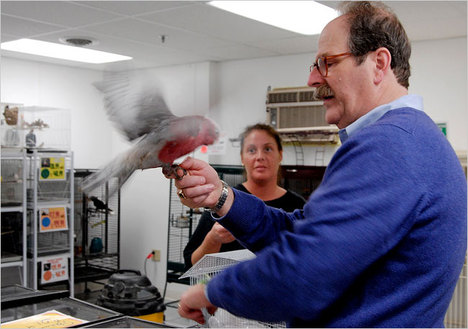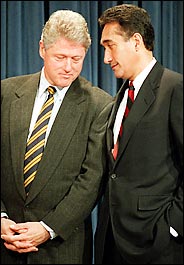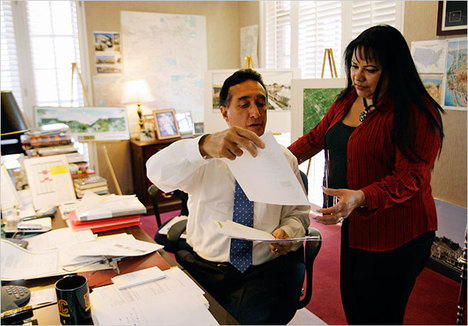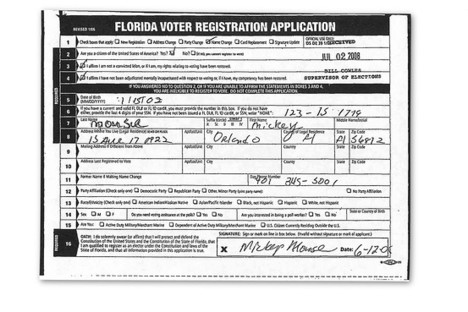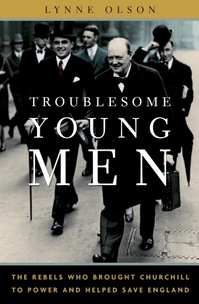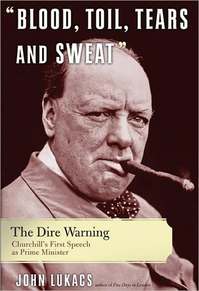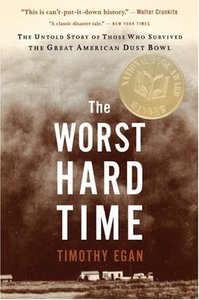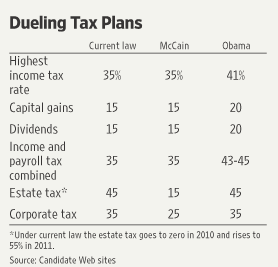
Source of table: online version of the WSJ article quoted and cited below.
(p. A13) When it comes to taxes, the difference between Barack Obama and John McCain is arguably as wide as it’s been in a presidential race since Ronald Reagan and Walter Mondale battled in 1984. Sen. Obama is proposing to raise taxes more than any recent candidate, while Sen. McCain wants to cut them substantially.
. . .
In sum, Mr. Obama is proposing to use the tax code to substantially redistribute income — raising tax rates on a minority of taxpayers to finance tax credits and direct income supplements to millions of others. How much revenue his higher rates would raise depends on how much less those high-earners would work, or how much they would change their practices to shelter their income from those higher rates.
By contrast, Mr. McCain is proposing some kind of tax reduction for most Americans who pay taxes. He says he would finance those cuts by reducing the rate of growth in federal spending.
For the full commentary, see:
Brian M. Carney. “The Election Choice: Taxes.” The Wall Street Journal (Sat., OCTOBER 25, 2008): A13.
(Note: ellipsis added.)


